What slow and fair fashion means
Fast fashion is massively damaging to the planet. The fashion industry contributes up to 10% of global carbon emissions — more than aviation and shipping combined (UNEP, 2021). Producing one pair of jeans emits about 33.4 kg of CO₂, equivalent to driving 111 km in an average petrol car. Most fast fashion is made from synthetic fibers (like polyester), which are fossil fuel–based and non-biodegradable.
Fast fashion is also immensely wasteful. 92 million tonnes of textile waste are generated each year — the equivalent of one garbage truck full of clothes dumped every second (Ellen MacArthur Foundation). Only 1% of clothing is recycled into new garments. Garments are often worn as few as 7–10 times before being discarded (Waste and Resources Action Programme – WRAP).
Fast fashion is often exploitative and harmful to the people who work in the industry. Garment workers in many countries earn less than half a living wage. 93% of brands surveyed by Fashion Checker (2020) don’t pay living wages to all their workers. Factories (often called “sweatshops”) are frequently unsafe, with long hours and little regulation. Workers often face verbal, physical, and sexual abuse, especially women (who make up the majority of garment workers).
“Slow and Fair fashion” challenges all this. “Slow fashion” is about making conscious and sustainable choices when it comes to fashion, challenging traditional fast fashion that often has negative impacts on the planet. “Fair fashion” is about a more ethical and sustainable way of working with the people that work in the industry achieve a truly sustainable approach to business.
Mona & Louise create clothes that resonate deeply with the ethos of sustainable fashion, where clothing is not simply beautiful but also honours and respects the interconnectedness of humanity, craftsmanship, and nature. Clothing with a conscience.
Truly Sustainable
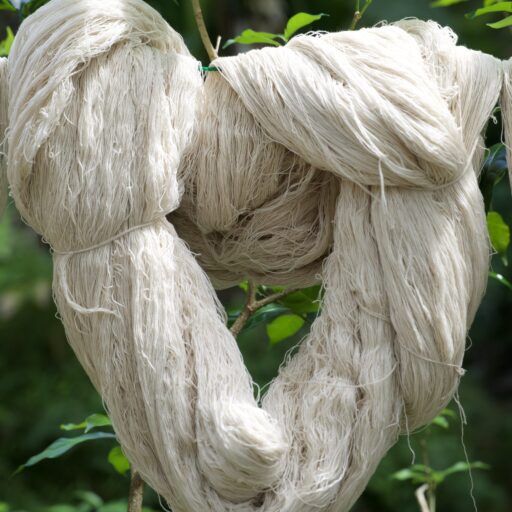
Sustainability is a social goal for people to co-exist on Earth over a long time. Experts often describe sustainability as having three dimensions: environmental, economic, and social. For Mona & Louise, this means:
- using natural materials and traditional production methods that have the minimum negative impact on the environment
- shifting the supply chain to ensure that more value goes to the people that need it most, in the weaving mills and clothing production
- achieving positive social outcomes through employment, social support to our staff and subcontractors, and redistributing profits to other social initiatives
Natural Materials
Mona & Louise create clothes using 100% virgin cotton. The raw cotton is washed and dyed by hand using natural dyes (for example, sawdust from Jack Fruit trees) to deliver the balanced and vibrant colours that you enjoy. All our products are unique, sustainable and produced by hand.

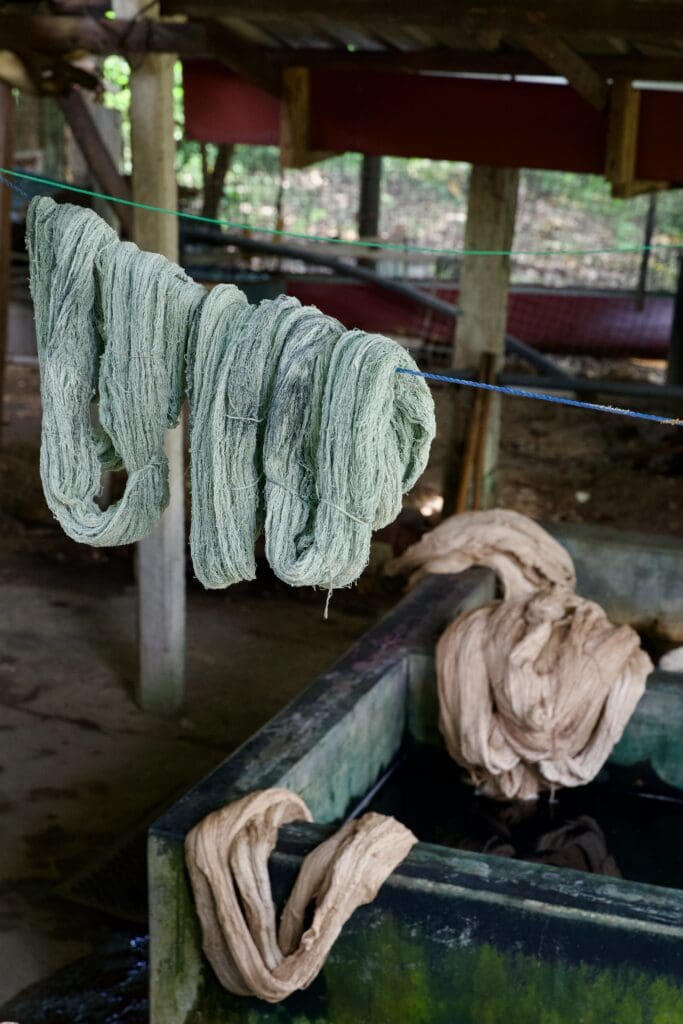

All our cloth is produced by the largest handloom factory in Sri Lanka’s Southern Province. This factory also has one of the few remaining traditional dye plants in Sri Lanka, producing cotton in an exclusive, vibrant range of colours, which we believe cannot be found anywhere else in the world.
Traditional handloom weaving
Mona & Louise only uses cloth produced using the traditional “handloom” method. A “handloom” is a loom is used to weave cloth without the use of any electricity. Hand weaving is done on frame looms, interlacing two sets of yarn – the warp (length) and the weft (width) – using only the physical effort of the weaver.
Handloom weaving is an ancient craft that’s as vibrant and alive today as it was thousands of years ago. All aspects of production at (dying the yarn, winding the warp onto rollers the width of the final cloth, and the weaving itself) are undertaken by hand. It’s a process that requires enormous effort and application, and the weavers have decades of experience.
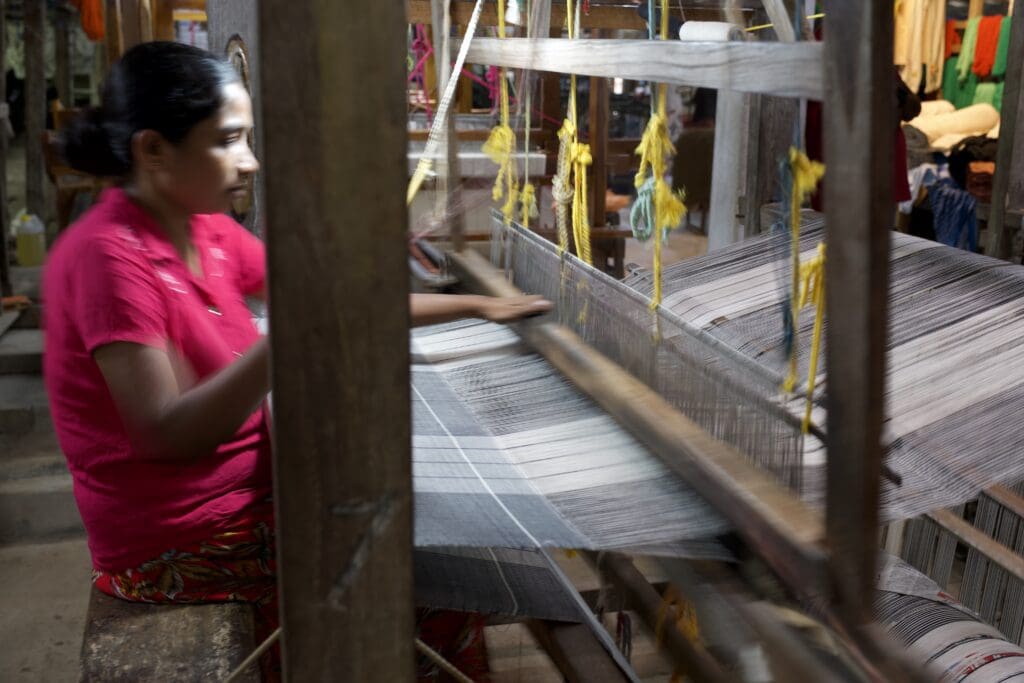
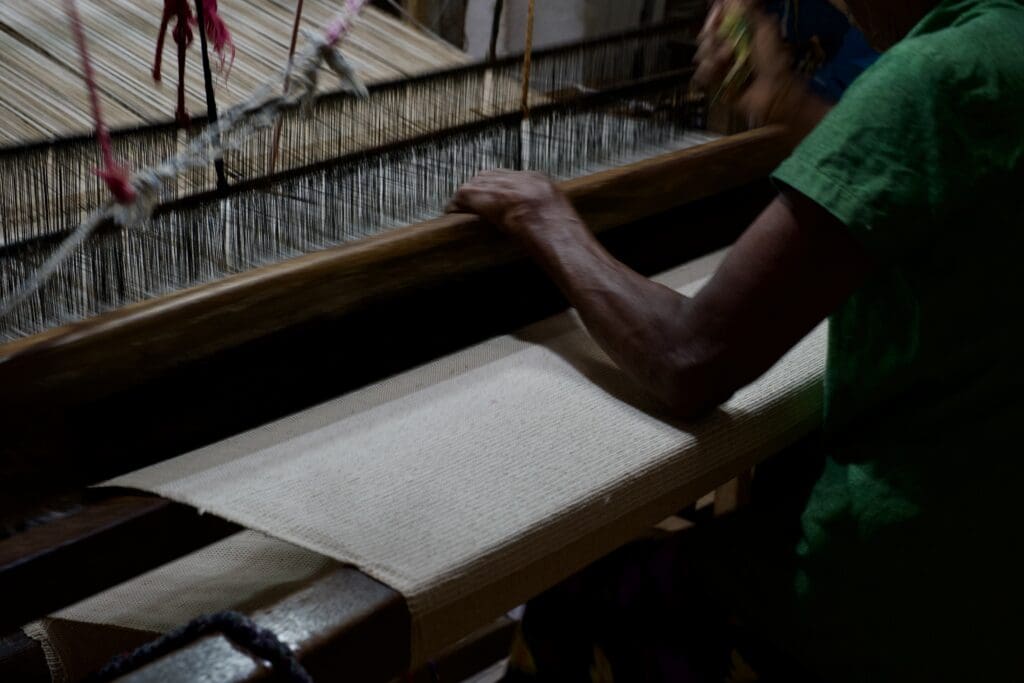
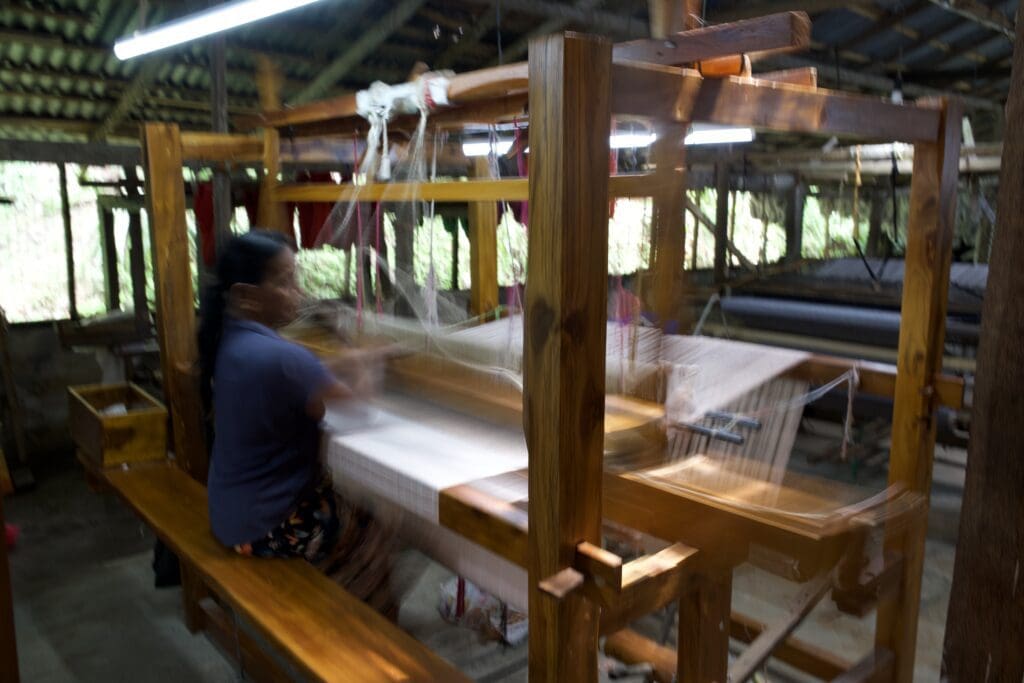

Although parts of the process of spinning the dyed cotton onto bobbins is undertaken using machines, even this process can be accomplished by a hand.
